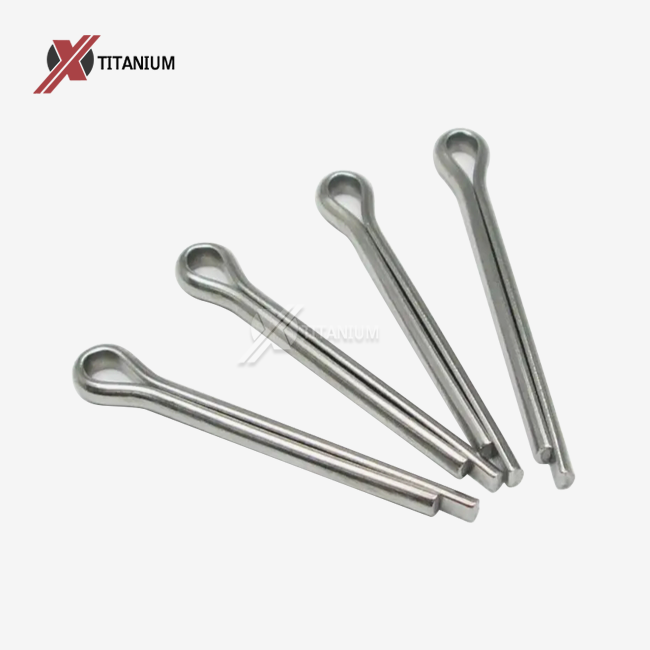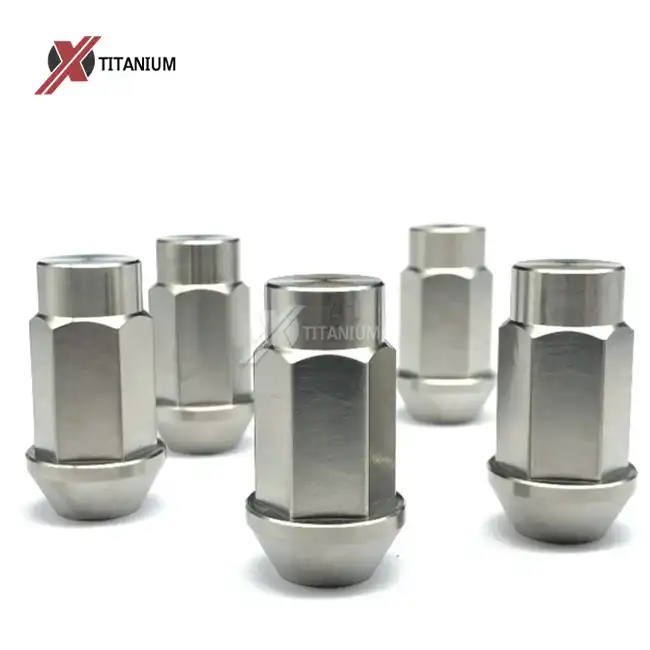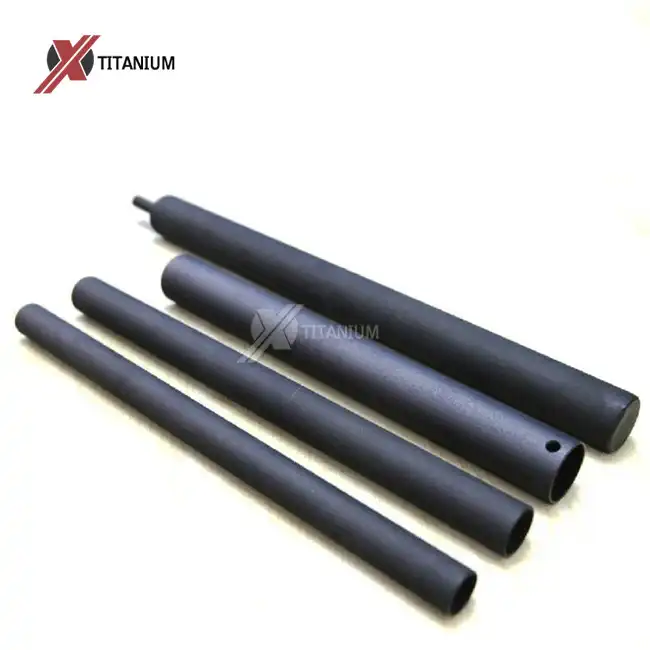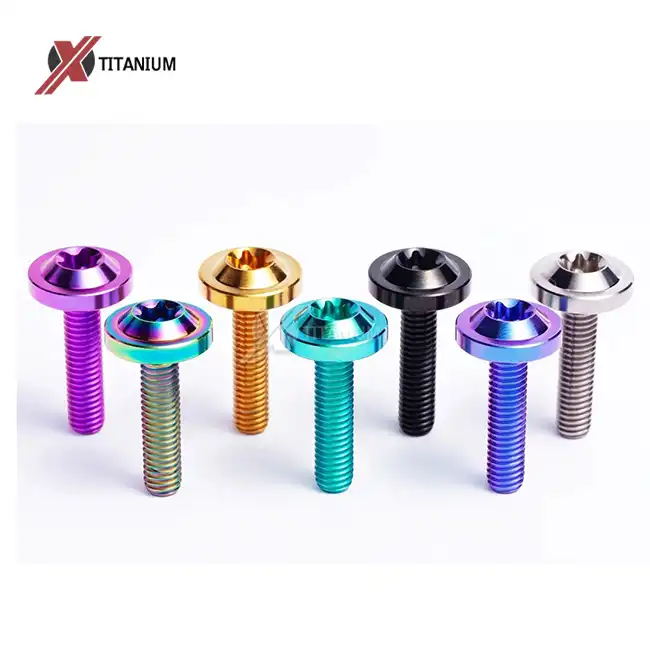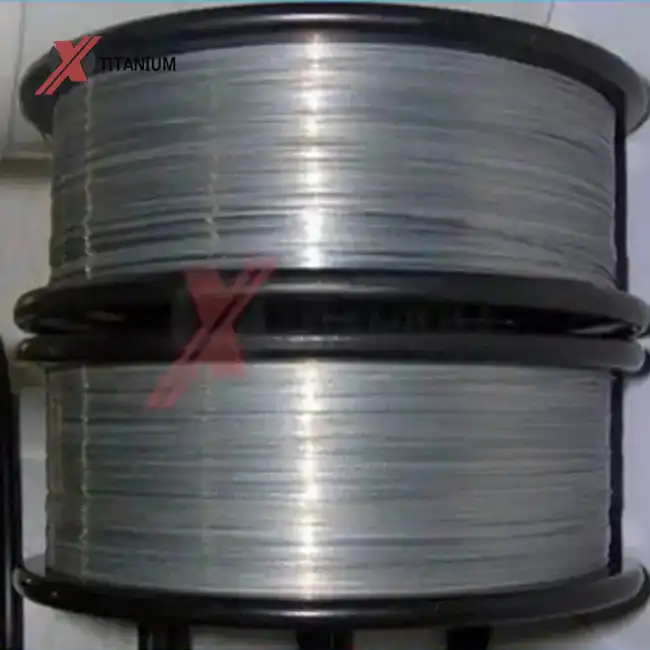Understanding Cotter Pins: Materials and Applications
What Are Cotter Pins?
Cotter pins are little, flexible clasp utilized to secure different components in mechanical gatherings. These part pins ordinarily highlight a semi-circular best and two prongs that can be isolated after inclusion, viably locking the stick in put. Their essential work is to anticipate nuts, jolts, or other clasp from releasing or falling out due to vibration or development.
Common Materials Used in Cotter Pin Manufacturing
While cotter pins can be manufactured from various materials, the most common options include:
- Stainless Steel: Known for its corrosion resistance and durability
- Carbon Steel: Offers high strength at a lower cost
- Brass: Provides good corrosion resistance and is non-sparking
- Titanium: Exceptionally strong, lightweight, and corrosion-resistant
Among these choices, titanium cotter pins have picked up critical ubiquity in later a long time due to their one of a kind properties and points of interest in specialized applications.
Industries and Applications Using Cotter Pins
Cotter pins find widespread use across numerous industries, including:
- Automotive: Securing wheel bearings, brake components, and suspension parts
- Aerospace: Fastening critical components in aircraft and spacecraft
- Marine: Securing various parts in boats and marine equipment
- Construction: Fastening components in heavy machinery and equipment
- Medical: Securing implants and other medical devices
- Industrial: Used in various machinery and equipment across different sectors
The choice of material for cotter pins in these applications often depends on the specific requirements of each industry and the environmental conditions the pins will face.
Titanium Cotter Pins: Advantages and Considerations
Unique Properties of Titanium
Titanium boasts an impressive array of properties that make it an excellent choice for cotter pins in demanding applications:
- Exceptional strength-to-weight ratio: Titanium is as strong as steel but 45% lighter
- Superior corrosion resistance: Highly resistant to saltwater, acids, and other corrosive substances
- Biocompatibility: Non-toxic and well-tolerated by the human body
- High melting point: Maintains strength at elevated temperatures
- Non-magnetic: Ideal for applications where magnetic interference is a concern
Advantages of Titanium Cotter Pins
The unique properties of titanium translate into several advantages for titanium cotter pins:
- Lightweight: Reduces overall weight in aerospace and automotive applications
- Durability: Resists wear and fatigue, leading to longer service life
- Corrosion resistance: Ideal for marine environments and chemical processing industries
- Strength: Maintains integrity under high stress and load conditions
- Temperature resistance: Suitable for high-temperature applications
- Biocompatibility: Perfect for medical implants and devices
Considerations When Using Titanium Cotter Pins
While titanium cotter pins offer numerous benefits, there are some factors to consider:
- Cost: Titanium is generally more expensive than stainless steel or other common materials
- Availability: May be less readily available compared to stainless steel options
- Specialized manufacturing: Requires specific expertise and equipment to produce
- Potential for galling: Proper lubrication may be necessary to prevent galling in some applications
Stainless Steel Cotter Pins: Strengths and Limitations
Properties of Stainless Steel
Stainless steel is a widely used material for cotter pins due to its beneficial properties:
- Great erosion resistance: Particularly in grades with higher chromium content
- Strength: Offers tall ductile quality and durability
- Heat resistance: Keeps up properties at lifted temperatures
- Affordability: For the most part more cost-effective than titanium
- Versatility: Accessible in different grades for diverse applications
Advantages of Stainless Steel Cotter Pins
Stainless steel cotter pins offer several advantages in many applications:
- Cost-effectiveness: More affordable than titanium for general-purpose use
- Widespread availability: Easily sourced and manufactured
- Corrosion resistance: Suitable for many industrial and outdoor applications
- Strength: Provides reliable performance in most standard applications
- Familiarity: Well-understood material properties and behavior
Limitations of Stainless Steel Cotter Pins
Despite its strengths, stainless steel has some limitations compared to titanium:
- Weight: Heavier than titanium, which can be a disadvantage in weight-sensitive applications
- Magnetic properties: Most grades are magnetic, which may be undesirable in some situations
- Corrosion resistance: While good, it's not as exceptional as titanium in extreme environments
- Strength-to-weight ratio: Lower than titanium, making it less ideal for high-performance applications
When making your decision, consider factors such as:
- Environmental conditions (e.g., exposure to corrosive substances)
- Weight requirements
- Strength and load-bearing needs
- Temperature conditions
- Budget constraints
- Industry-specific regulations or standards
By carefully evaluating these factors, you can determine whether the superior performance of titanium cotter pins justifies their higher cost, or if stainless steel pins will adequately meet your needs.
Conclusion
The choice between titanium and stainless steel cotter pins ultimately depends on your specific application requirements. Titanium cotter pins excel in high-performance, lightweight applications where corrosion resistance and strength-to-weight ratio are critical. They are particularly well-suited for aerospace, medical, and marine industries where their unique properties justify the higher cost.
Stainless steel cotter pins, on the other hand, offer a more cost-effective solution for a wide range of general industrial applications. They provide good corrosion resistance and strength, making them suitable for many standard uses where the exceptional properties of titanium are not necessary.
For expert guidance on selecting the right cotter pins for your application, or to learn more about our range of titanium products, please don't hesitate to contact us at info@cltifastener.com or djy6580@aliyun.com. Our team of specialists is ready to assist you in finding the optimal solution for your fastening needs.
